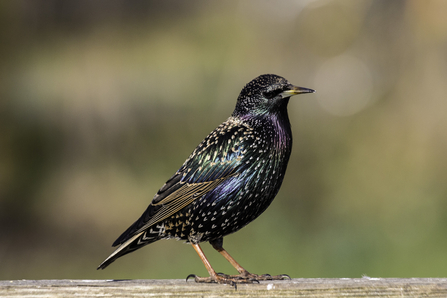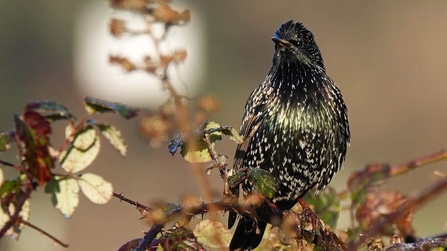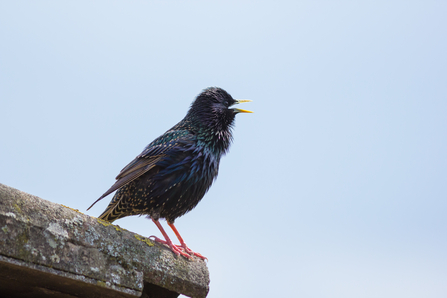
Mark Robinson
During the winter months’ large numbers of starlings begin to gather at Brockholes from right across the continent. As dusk descends the starlings begin to roost, on masse they propel into the air and commence their impressive visual demonstration, before rapidly gliding down into the reed beds to go to sleep for the night. This theatrical moment in nature however, is not just visually impressive it serves a significant purpose. By gathering in large numbers and swirling with reckless abandon, they effectively protect themselves from predators. As predators find it hard to identify any one single target, and are wary of approaching such a large body. Rather spectacularly some roosts have been known to contain thousands of birds.



